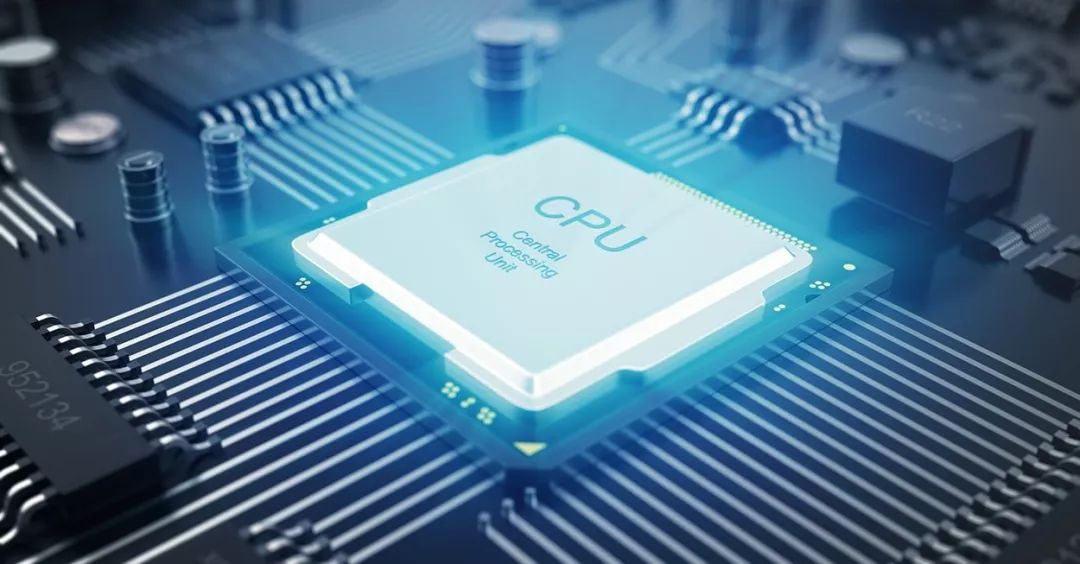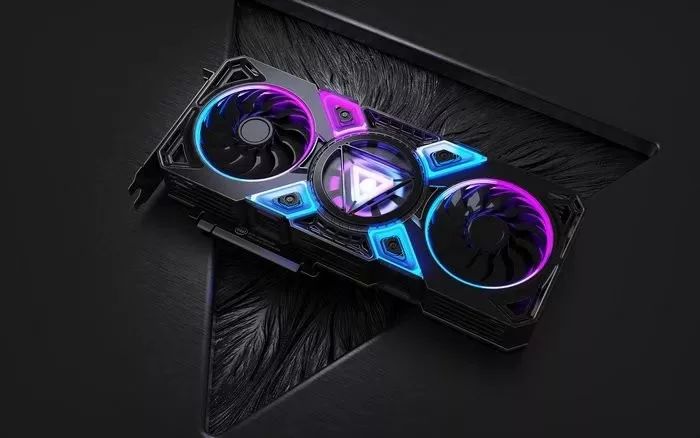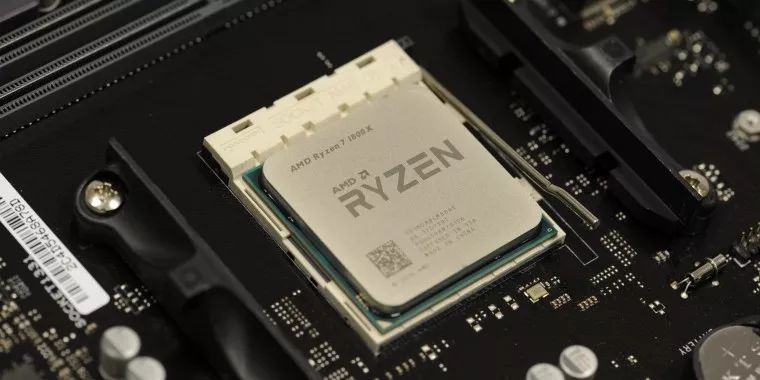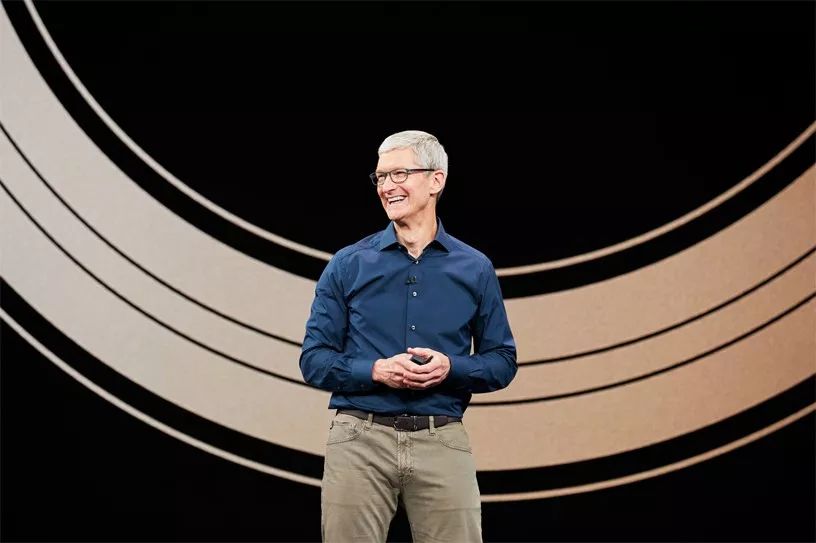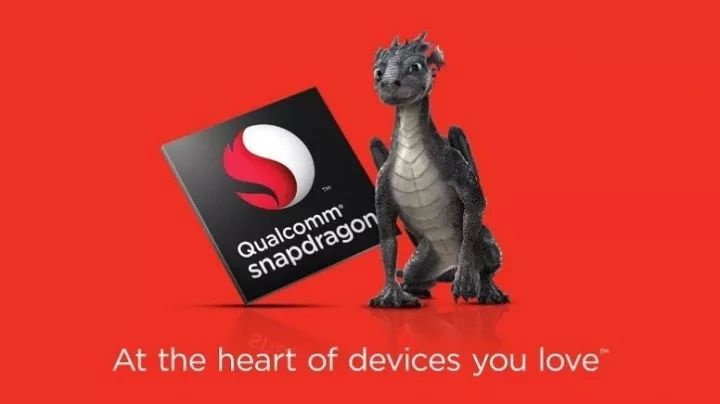Skip to content
In modern society, technology has entered everyone’s life, especially with the popularity of electronic products, where almost everyone has several smart devices. When it comes to smart devices, we must mention the chip, which is the foundation of the machine’s “intelligence”. When we purchase computers and smartphones, the chip is also a key focus.
In fact, the chip is a very broad concept; simply put, it is the carrier of integrated circuits. Not only the CPU we often hear about and the SoC in smartphones belong to chips, but also the memory sticks in computers are composed of small chips, which are referred to as particles when placed on the memory stick.
Although they are all chips, different chips have completely different functions and cannot be mixed up. Therefore, many people do not understand what CPU, GPU, and APU are, and the term SoC that emerged with smartphones is also confusing. Today, I will detail the differences between them to help everyone understand the specifications better when making purchases in the future.
The CPU is probably the chip we have heard of the most, often compared to the “brain” of an electronic product. Indeed, the CPU is the “Central Processing Unit” responsible for extracting data, computing, and outputting results. The operation process of the CPU roughly consists of four steps: fetching, decoding, executing, and writing back.
The CPU does not have storage capabilities; besides having a high-speed cache memory (Cache) with the RAM, it also has an instruction register, and apart from that, there is no other space to store instructions.
Generally, the CPU fetches instructions from memory, places them in the Cache, and then moves the instructions from the Cache to the instruction register for encoding and execution. It determines the result of each operation we perform, so the CPU is crucial in both office and gaming scenarios.
The counterpart of the CPU is the GPU. The CPU is the Central Processing Unit, while the GPU is the Graphics Processing Unit. As the name suggests, the GPU is specifically designed to handle graphics and video display; we see images on the monitor because of the GPU’s work.
A computer can work without a GPU, just like a remote server, but if we have display requirements, we must use it. Nowadays, most CPUs come with an integrated GPU, commonly referred to as an integrated graphics card, but its capabilities are limited, sufficient for office work but inadequate for gaming.
Our monitors have many pixels, and the GPU’s role is to find the corresponding color for each pixel based on instructions. Each pixel can have millions of colors to choose from, and a screen has hundreds of thousands of pixels, requiring constant refreshing during gaming, making it a massive workload that must be handled by a dedicated GPU.
APU stands for Accelerated Processing Unit, which is essentially a combination of GPU and CPU. Integrating the two units can help improve communication between components, hence the name APU, developed by AMD.
As mentioned earlier, Intel’s CPUs also include GPU components, so strictly speaking, they also belong to the APU category. However, Intel is known worldwide for CPU manufacturing, and perhaps due to the habit of this nomenclature or the intricate connections between APU and AMD, Intel does not refer to it as APU.
APUs perform exceptionally well in mobile devices, highlighting the CPU’s office capabilities while saving space. If not running large games, general office software can run perfectly with integrated graphics. A typical example is the Apple MacBook series, which all use integrated graphics but offer top-notch office performance.
In recent years, smartphones have surpassed laptops as the most popular mobile electronic products. In the promotion of some manufacturers, we often see the term SoC, which many people mistakenly understand as a processor, which is not accurate.
This term is an abbreviation for System on Chip, meaning a system on a chip, which integrates the CPU, GPU, memory, baseband, and GPS module into one solution, consolidating all the chips needed for system operation onto a single chip.
Familiar examples include Snapdragon 855, Apple’s A12, Huawei’s Kirin 980, and Samsung’s Exynos, all of which are code names for this system on a chip, not referring to a specific CPU or GPU. On the contrary, these systems on a chip actually have their own CPU and GPU identifiers. For example, the GPU of the A12 is the self-developed G11P, while the GPU of Snapdragon 855 is Adreno 640.
With the explosion of mobile technology, smartphone chips have rapidly developed in recent years, with last year’s A12X boasting 10 billion transistors, already a desktop-level quantity. However, due to power, heat dissipation, power consumption, and body space issues, tablets and smartphones are still unlikely to replace desktop computers, but the goal of exceeding office laptop performance is not far off.


